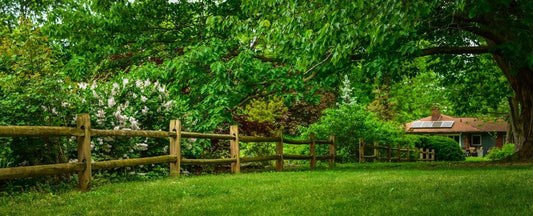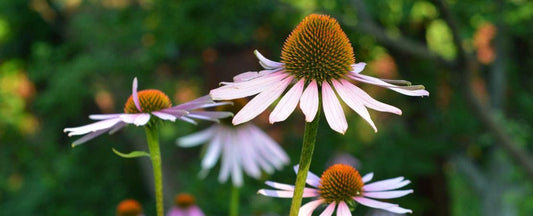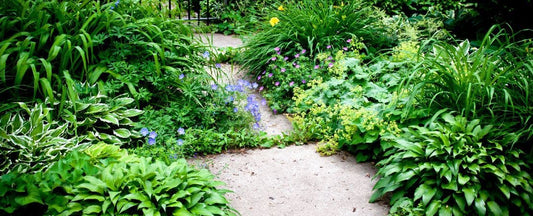How Quickly Do Perennials Grow? Understanding the 3-Year Rule for Perennials

How Perennials Grow
Gardeners eagerly anticipate the beauty of perennials, but patience is key when growing these plants. Many perennials follow the 3-year rule": they sleep in the first year, creep in the second, and leap in the third. Understanding this natural growth cycle helps manage expectations and ensures long-term gardening success.

Year One: Sleep – Establishing Strong Roots
The first year after planting, perennials focus primarily on root development. This underground work is crucial for long-term health, even though above-ground growth may seem slow or nonexistent.
- Why is growth minimal? The plant is adjusting to its new environment and redirecting energy toward root establishment.
- How to support first-year growth:
- Loosen roots before planting to encourage outward expansion.
- Provide consistent moisture, especially during dry spells.
- Avoid over-fertilization, which can encourage weak top growth at the expense of roots.
- Mulch around the base of the plant to retain soil moisture and regulate temperature.

Year Two: Creep – Slow but Steady Growth
During the second year, perennials begin to produce more noticeable above-ground growth. Their root system, now established, can support increased foliage and branching.
- What to expect:
- Slightly larger plants with more leaves and some flowering, though not yet at full potential.
- Improved drought tolerance as roots spread deeper into the soil.
- How to support second-year growth:
- Side-dress with a balanced fertilizer in early spring to provide nutrients for expanding growth.
- Continue regular watering, especially during dry periods.
- Remove dead or damaged foliage to direct energy toward healthy development.

Year Three: Leap – Full Growth and Abundant Blooms
By the third year, perennials can reach their mature size and will bloom prolifically. The deep, strong root system can now support lush top growth, resulting in fuller plants and vibrant flowers.
- Signs of a fully established perennial:
- Increased height and spread, filling out the garden space.
- Abundant flowering, often reaching the plant’s full potential.
- Improved resilience to weather conditions and reduced watering needs.
- How to maintain peak performance:
- Apply compost or organic matter in early spring to boost soil health.
- Deadhead spent blooms to encourage continued flowering.
- Divide overcrowded perennials every few years to maintain vigor.
- Continue mulching to suppress weeds and retain moisture.
Challenges and Considerations
While the 3-year rule provides a general timeline, certain factors can influence growth rates:
- Soil Quality: Heavy clay or nutrient-poor soils can slow root establishment. Amending soil before planting can promote healthier growth.
- Weather Conditions: Harsh winters or droughts may set back development, requiring extra care and protection.
- Plant Species: Some perennials, like peonies, may take longer to establish, while others, like coreopsis, may reach full potential sooner.
- Wildlife and Pests: Young plants are vulnerable to browsing deer and rabbits. Applying repellents and using protective covers can minimize damage.
The Payoff: Long-Lasting Beauty and Low Maintenance
Following the 3-year rule and associated tips ensures that perennials thrive for years, rewarding gardeners with seasonal beauty and reduced maintenance. By understanding this growth cycle, you’ll have realistic expectations, provide proper care, and enjoy the gorgeous, mature garden you envisioned.
Invest in patience in the early years of perennial growth and you'll be rewarded with long-term enjoyment. When you select high-quality plants from Wayside Gardens and nurture them through their establishment phase, you can experience the full potential of these resilient and stunning plants for years to come.


